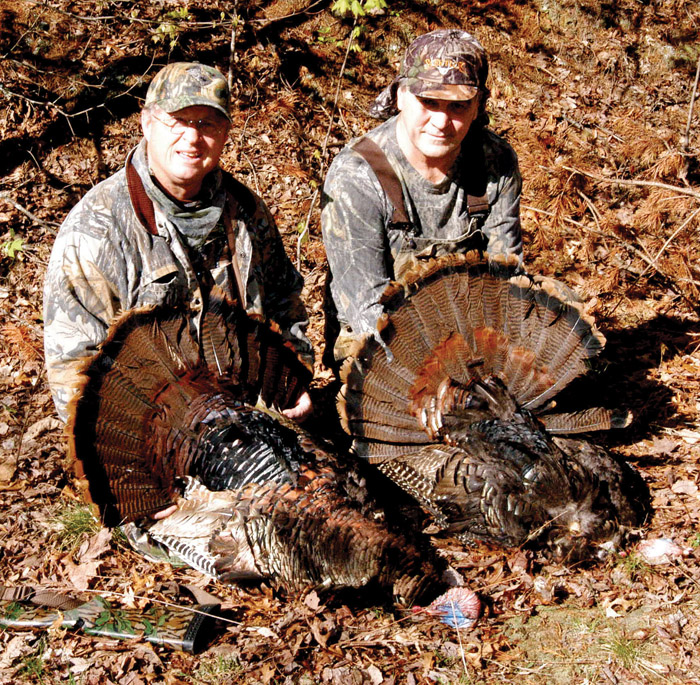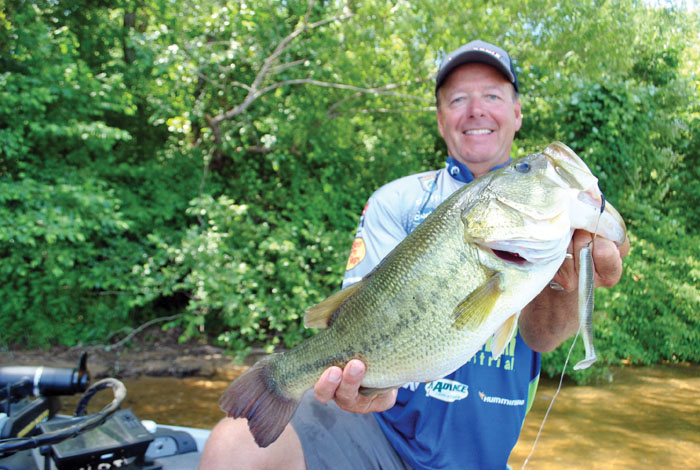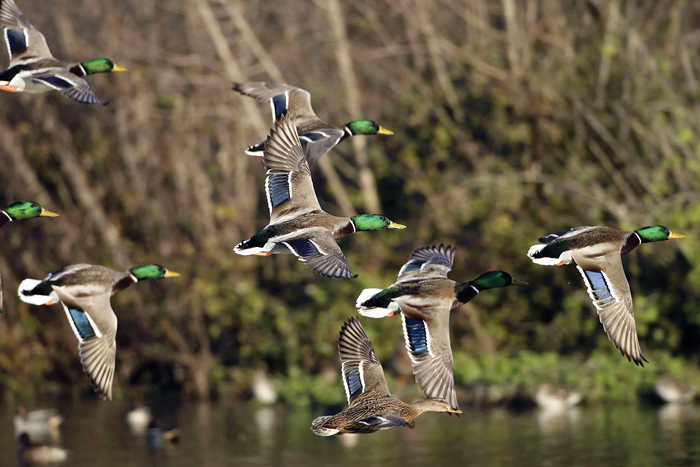Gibbons column: Taking on predators
Published 12:00 am Thursday, March 24, 2011
By Max Gibbons
ecoviews@gmail.com
Q: A pair of red-tailed hawks has nested near our house for years. Several times I have seen one or both of them harassed by crows. I watched a five-minute dogfight today with the hawk just trying to get away. It was very entertaining, but puzzling. Why do these large raptors let the crows that are less than half their size and without their weapons harass them?
Q: I have seen crows pester a couple of big hawks. Sometimes the hawks just sit on a tree branch and let the crows fly around and make a lot of noise. Sometimes they fly away, with the crows chasing them. Would the hawks act differently if they had a nest with babies in it?
A: Very good questions about a commonly observed phenomenon called mobbing, in which several smaller birds harass a larger predatory bird.
Why would a red-tailed hawk, bald eagle or great horned owl let a bunch of smaller birds, like crows, pester it? And why would a smaller bird risk attacking these large predators?
The answer, as is usually the case when animal behavior and ecology are involved, is complex. Some explanations seem relatively straightforward whereas others are more speculative.
From the crows’ perspective, mobbing behavior may have adaptive significance in terms of survival in that a large potential predator may be driven from an area where crows raise their young because the babies might become prey for some raptors.
In a situation in which a predator such as a large hawk is simply in between meals, either sitting or flying, and has no special stake in a particular location, mobbing behavior by crows could be very effective.
The hawk would presumably not find the annoyance worth the effort of staying around and would move on to another area to hunt. In other words, the crows don’t want the predator in the area and the hawk itself doesn’t really care whether it is there or somewhere else.
In search of an answer to the question of what a pair of these birds of prey would do when harassed by crows if they had a couple of babies in a nest, I asked an ornithologist. In fact, I asked 11 ornithologists. Some are top-flight amateur bird watchers and some are professional scientists who have studied hawks or eagles. The answers I got were consistent, and surprising.
All agreed that if a red-tailed hawk reached out and grabbed a crow with its talons, that would be the end of the crow, but even though large raptors have the necessary weapons, the energy cost of pursuing or otherwise attempting to catch a crow is normally not worth it. Crows are agile creatures and would be very difficult to catch in flight. So a hawk typically ignores the crows or flies away.
The answers from the bird researchers about what hawks or eagles would do if eggs or babies were in the nest were especially interesting. Statements like the following were telling: “I don’t know for sure, but when there’s a nest involved, the stakes are higher and the raptor would probably fight back. The crows know this and keep their distance.” Or as another put it, “When baby hawks are in the nest, the area around it becomes a no-fly zone for crows.”
Observations of how hawks respond when crows use their mobbing behavior tactics are frequent. But what a pair of hawks or eagles would do if crows tried their antics when eggs or babies are in the nest remains unanswered. The fact that such attacks seldom occur, may be because crows already know the answer.
Whit Gibbons is an ecologist and environmental educator with the University of Georgia’s Savannah River Ecology Laboratory. Send environmental questions to ecoviews@gmail.com.




